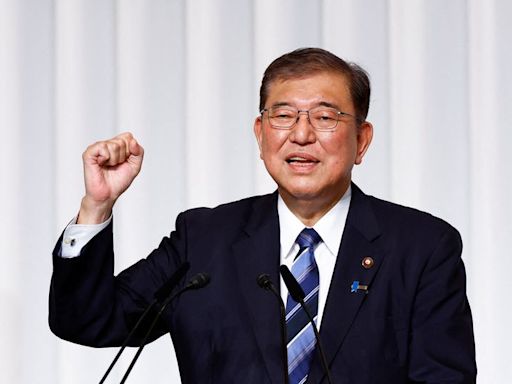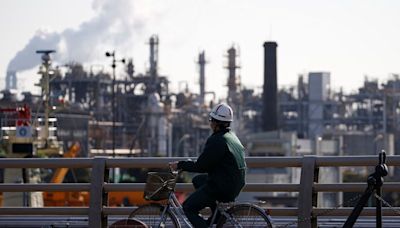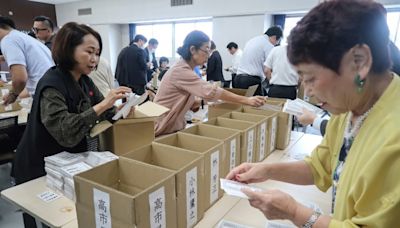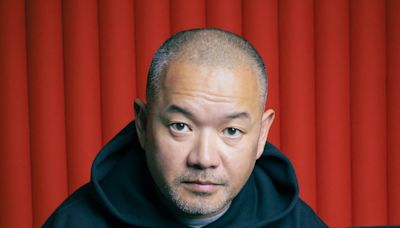Search results
Japan’s capital and largest city. Tokyo (東京, Tōkyō) is Japan's capital and the world's most populous metropolis. It is also one of Japan's 47 prefectures, consisting of 23 central city wards and multiple cities, towns and villages west of the city center. The Izu and Ogasawara Islands are also part of Tokyo. Prior to 1868, Tokyo was ...
Experiences. The current Imperial Palace (皇居, Kōkyo) is located on the former site of Edo Castle, a large park area surrounded by moats and massive stone walls in the center of Tokyo, a short walk from Tokyo Station. It is the residence of Japan's Imperial Family. Edo Castle used to be the seat of the Tokugawa shogun who ruled Japan from ...
Tokyo is covered by a dense network of train, subway and bus lines, which are operated by about a dozen different companies. The train lines operated by JR East and the subway lines are most convenient for moving around central Tokyo. Tokyo's most prominent train line is the JR Yamanote Line, a loop line which connects Tokyo's multiple city ...
Mount Takao (高尾山, Takaosan) is one of the closest natural recreation areas to central Tokyo, offering beautiful scenery, an interesting temple and attractive hiking opportunities. Although outside the city center, the mountain is still located within metropolitan Tokyo and takes only 50 minutes and 430 yen to reach from Shinjuku by train.
Hatsumode. If you are in Japan during New Year, you can join the crowds doing hatsumode, the year's first visit to a shrine or temple. Hatsumode festivities are held at practically every shrine and temple across Japan during the first few days of the year, especially on January 1. At popular shrines and temples you can experience a festive ...
From Ueno Station. By JR Yamanote Line it takes 25 minutes and costs 210 yen to get from Ueno to Shinjuku. A slightly faster alternative is to take the JR Yamanote or JR Keihin-Tohoku Line from Ueno to Kanda Station, and then the JR Chuo Line from Kanda to Shinjuku. Orientation in Tokyo.
Odaiba (お台場) is a popular shopping and entertainment district on a man-made island in Tokyo Bay. It originated as a set of small man-made fort islands (daiba literally means "fort"), which were built in the late Edo Period (1603-1868) to protect Tokyo against possible attacks from the sea and specifically in response to the gunboat diplomacy of Commodore Perry.
Experiences. Shibuya (渋谷) is one of the 23 city wards of Tokyo, but often refers to just the popular shopping and entertainment area found around Shibuya Station. In this regard, Shibuya is one of Tokyo's most colorful and busy districts, packed with shopping, dining and nightclubs serving swarms of visitors that come to the district everyday.
Nihonbashi (日本橋, literally "Japan Bridge") is a city district of Tokyo, north of Ginza and within walking distance of Tokyo Station. The bridge, after which the district is named, has been the kilometer zero marker for Japan's national highway network since the early Edo Period. Formerly a wooden bridge, the Nihonbashi was reconstructed ...
Haneda Airport (羽田空港, Haneda Kūkō, HND), formally known as Tokyo International Airport, is located less than 30 minutes south of central Tokyo, considerably closer to the city center than Narita Airport, Tokyo's other airport. Compared to Narita Airport, Haneda Airport handles significantly more domestic flights, but fewer ...





